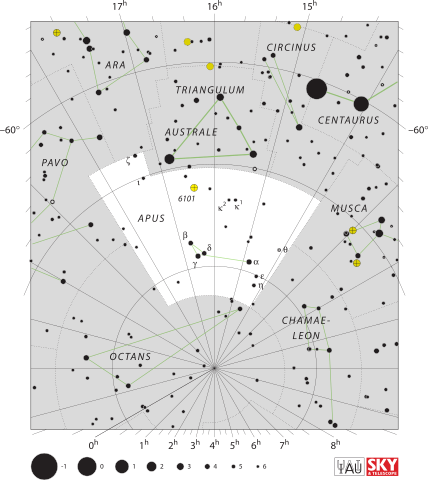- Apus is a small constellation in the southern sky. It represents a bird-of-paradise, and its name means “without feet” in Greek because the bird-of-paradise was once wrongly believed to lack feet. First depicted on a celestial globe by Petrus Plancius in 1598, it was charted on a star atlas by Johann Bayer in his 1603 Uranometria. The French explorer and astronomer Nicolas Louis de Lacaille charted and gave the brighter stars their Bayer designations in 1756.
Anyone who doesn’t regret the passing of the Soviet Union has no heart, Anyone who wants it restored has no brains.
Vladimir Putin
